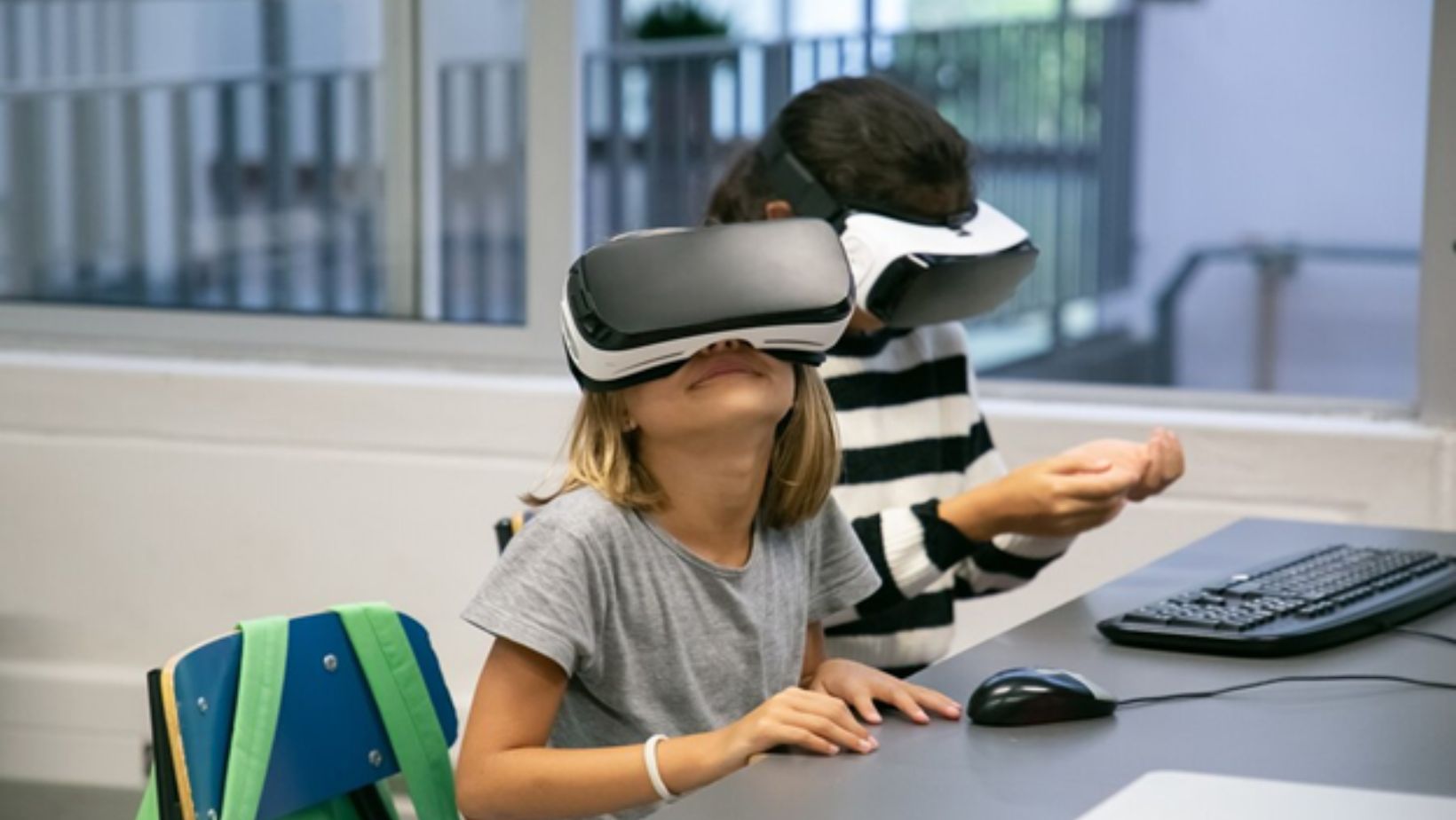The Growth of Online Learning Platforms
Analysis of Online Learning Tools
Online learning platforms are becoming increasingly popular. Websites like Coursera, Udemy, and Khan Academy offer courses on various subjects, making education accessible to anyone with an internet connection. These platforms provide a flexible and convenient learning method, accommodating different learning styles and schedules.
Benefits for Educators and Students
For educators, online platforms offer the ability to reach a larger audience and diversify teaching methods. Students benefit from the flexibility to learn at their own pace and the opportunity to explore subjects that may not be available in their local schools. This accessibility makes learning more inclusive and equitable. Online learning platforms also play a crucial role in credit recovery schools, which aim to help students regain credits lost due to various challenges. These platforms allow educators to offer tailored coursework that meets individual student needs, making it easier for learners to catch up on missed material. Students benefit from the flexibility to learn at their own pace, access resources anytime, and receive targeted support when needed. This approach revitalizes students’ academic journeys and fosters a sense of responsibility and independence in their learning.
The Future of Online Learning
The trend towards online learning shows no signs of slowing down. As technology continues to advance, we can expect even more innovative features such as interactive simulations, AI-based tutoring, and collaborative projects that connect students from around the world.
The Role of AI in Customized Learning
How AI Personalizes Education
Artificial intelligence (AI) is a game-changer in personalized learning. By analyzing data on student performance, AI can tailor educational experiences to meet individual needs.

For example, platforms like DreamBox use AI to adjust math problems based on a student’s skill level, ensuring that learners are neither bored nor overwhelmed.
Real-World Examples
In real-world applications, AI-driven tools like Coursera and Khan Academy are already making waves. These platforms offer personalized recommendations, guiding students through courses that match their interests and skill levels. This not only keeps students engaged but also maximizes learning outcomes.
Future Potential
Looking ahead, the potential for AI in education is limitless. Imagine AI tutors that can provide real-time feedback or even predictive analytics that can identify struggling students before they fall behind. The future promises a more customized and effective learning experience for all.
Virtual and Augmented Reality in the Classroom
Exploring VR and AR
Virtual Reality (VR) and Augmented Reality (AR) are creating immersive learning environments that go beyond traditional teaching methods. VR can transport students to ancient civilizations, while AR can bring complex scientific concepts to life with interactive 3D models.
Case Studies of Successful Integration
Several schools are already reaping the benefits of these technologies. For instance, the University of Maryland’s Immersive Media Design program uses VR to teach history and social sciences. Similarly, AR apps like Google Expeditions allow students to explore the human body or outer space without leaving the classroom.
Enhancing Engagement and Understanding
The immersive nature of VR and AR makes learning more engaging and effective. Students are more likely to retain information when they experience it firsthand. These technologies are invaluable tools for educators aiming to enhance engagement and understanding.
The Impact of Mobile Apps on Education
Enhancing Classroom Engagement
Mobile apps are transforming the way students learn and interact with educational material. Apps like Quizlet and Duolingo make studying fun and interactive, turning what used to be tedious tasks into engaging activities. These apps offer quizzes, flashcards, and interactive lessons that keep students engaged and motivated.
Innovative Educational Apps
In addition to mainstream apps, there are numerous innovative apps designed specifically for educational purposes.

For example, Seesaw allows students to create digital portfolios, while ClassDojo helps teachers communicate with parents and manage classroom behavior. These apps provide unique solutions to common educational challenges.
Improving Learning Outcomes
The convenience and accessibility of mobile apps mean that learning can happen anytime, anywhere. This flexibility can lead to better learning outcomes as students can review material at their own pace and revisit difficult concepts as needed.
Challenges and Opportunities of Tech in Education
Addressing Concerns
Despite the many benefits of tech in education, there are challenges to address. Access and equity remain significant concerns, as not all students have equal access to the latest technology. Schools must find ways to bridge this digital divide to ensure that all students benefit from tech innovations.
Opportunities for Improvement
On the flip side, tech offers numerous opportunities for improvement. Schools can use data analytics to track student progress and identify areas for intervention. Additionally, tech can facilitate collaboration and communication, making it easier for teachers to share resources and best practices.
The Path Forward
The key to overcoming challenges and maximizing opportunities lies in thoughtful implementation. Schools must invest in training for educators and ensure that all students have access to the necessary technology. By doing so, they can create a more equitable and effective learning environment.
The impact of tech innovations on education is profound and far-reaching. From AI-driven personalized learning to immersive VR experiences, these technologies are transforming the way we teach and learn. For educators and students alike, the future of education looks brighter than ever. Now is the time to embrace these changes and explore the endless possibilities that tech offers.
If you’re ready to take the next step, consider exploring these technologies in your classroom or learning environment. The future of education is here, and it’s time to make the most of it.


